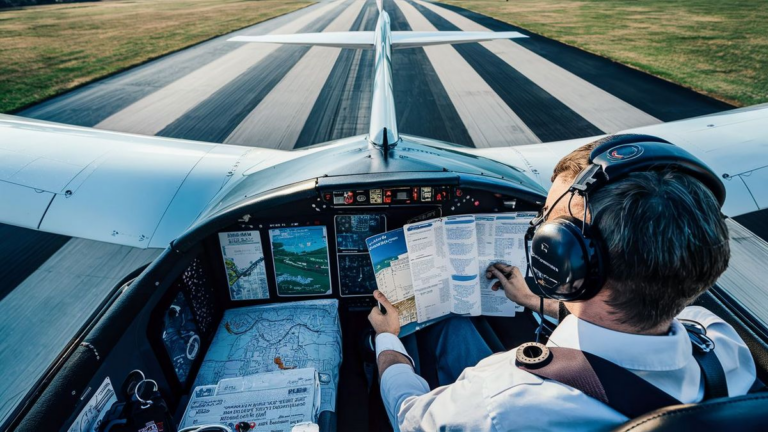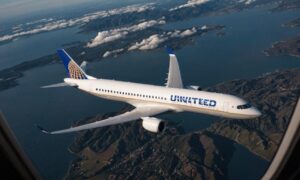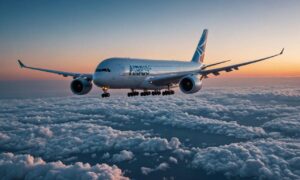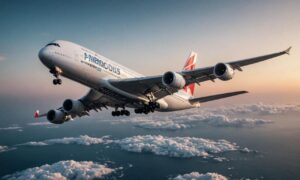Are you considering purchasing an aircraft? Whether you’re a seasoned aviator or a newcomer to the world of aviation, buying an aircraft is a significant investment that requires careful consideration and planning. In this guide, we’ll walk you through the essential steps to help you navigate the process smoothly.
Research and Planning
The first step in buying an aircraft is to conduct thorough research. Determine your budget, intended use of the aircraft, and your specific requirements such as seating capacity, range, and performance. Research different types of aircraft available on the market to find the one that best suits your needs.
Consultation and Expert Advice
Seeking advice from experienced pilots, aircraft brokers, and aviation professionals can provide valuable insights and guidance throughout the buying process. Consult with experts to ensure you make informed decisions and avoid potential pitfalls.
Pre-Purchase Inspection
Before finalizing the purchase, it’s crucial to conduct a comprehensive pre-purchase inspection of the aircraft. Hire a qualified aircraft mechanic or inspector to thoroughly examine the aircraft’s airframe, engine, avionics, and overall condition. This step helps identify any existing issues or maintenance requirements.
Financing and Insurance
Explore financing options available for aircraft purchases and secure financing if necessary. Additionally, ensure you have adequate insurance coverage for your aircraft to protect your investment against unforeseen events.
Negotiation and Purchase Agreement
Once you’ve found the right aircraft, negotiate the purchase price and terms with the seller. Review and finalize a purchase agreement that outlines all the terms and conditions of the sale, including any warranties, inspection contingencies, and payment schedule.
Registration and Documentation
Complete the necessary paperwork to register the aircraft with the appropriate aviation authorities in your country. Ensure all documentation, including the bill of sale, registration certificate, and airworthiness certificate, is in order before taking ownership of the aircraft.
Delivery and Training
Arrange for the delivery of the aircraft to your desired location and schedule any necessary training or orientation sessions with a qualified flight instructor. Familiarize yourself with the aircraft’s systems and operations to ensure safe and efficient flying.
Maintenance and Operation
After acquiring the aircraft, establish a regular maintenance schedule and adhere to manufacturer-recommended maintenance procedures to keep the aircraft in optimal condition. Stay informed about regulatory requirements and safety guidelines to ensure compliant and safe operation.
Buying an aircraft is a significant investment that requires careful planning, research, and attention to detail. By following these steps and seeking expert guidance, you can navigate the buying process with confidence and make the right decision for your aviation needs.
Frequently Asked Questions
Here are some commonly asked questions about purchasing an aircraft:
| Question | Answer |
|---|---|
| 1. What factors should I consider when determining my budget? | When setting your budget for buying an aircraft, consider not only the initial purchase price but also ongoing maintenance costs, insurance, fuel, hangar fees, and any financing expenses. |
| 2. How do I ensure that the aircraft I’m interested in meets my requirements? | Before making a decision, thoroughly research the specifications and performance capabilities of different aircraft models. Additionally, consider consulting with aviation experts or experienced pilots for their insights. |
| 3. Is it necessary to have insurance for my aircraft? | While aircraft insurance is not legally required in all jurisdictions, it is highly recommended to protect your investment and mitigate financial risks associated with accidents, damage, or liability. |
| 4. How can I ensure that the aircraft is in good condition before purchasing? | Arrange for a comprehensive pre-purchase inspection conducted by a qualified aircraft mechanic or inspector. This inspection will help identify any potential issues or maintenance requirements. |
| 5. What documents do I need to complete the purchase process? | Essential documents for purchasing an aircraft include the bill of sale, registration certificate, airworthiness certificate, and any other documentation required by aviation authorities in your country. |
Environmental Considerations
When buying an aircraft, it’s important to consider the environmental impact of aviation. Look for aircraft models with advanced fuel efficiency and emissions reduction technologies to minimize your carbon footprint.
Carbon Offsetting
Consider participating in carbon offset programs to mitigate the environmental impact of your flights. These programs involve investing in projects that reduce or capture carbon emissions, such as reforestation or renewable energy initiatives.
Sustainable Practices
Implement sustainable practices in your aircraft operations, such as optimizing flight routes, reducing unnecessary fuel consumption, and properly disposing of waste materials. Additionally, explore alternative fuels and propulsion systems to further reduce environmental impact.






